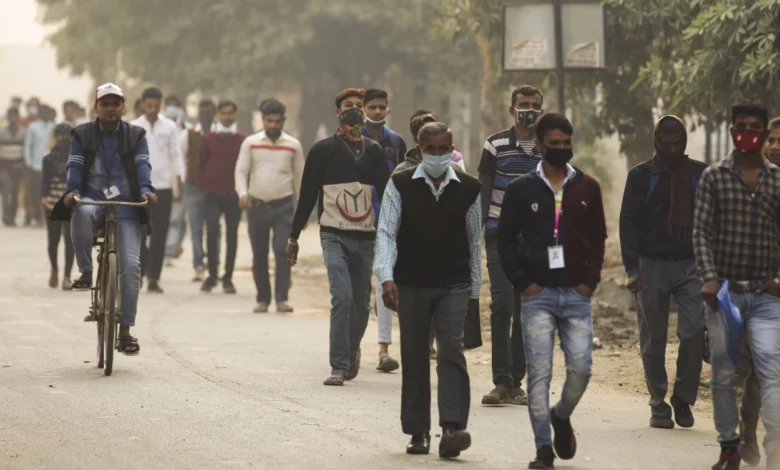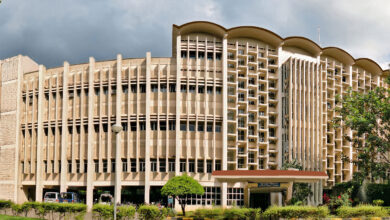Unemployment rate for India depreciates to a six-year low
In rural regions, the LFPR climbed from 50.7% in 2017–18 to 60.8% in 2022–23, whereas in urban areas, it increased from 47.6% to 50.4%. In India, the LFPR for men rose from 75.8% in 2017–18 to 78.5% in 2022–23, while the LFPR (Labour Force Participation Rate) for women rose from 23.3% to 37.0%.

In India, the unemployment rate for those over the age of 15 fell to a six-year low of 3.2% between July 2022 and June 2023, according to The Press Trust of India (PTI). The Periodic Labour Force Survey Annual Report 2022–2023 published by the National Sample Survey Office included this information. The percentage of jobless people in the labor force is referred to as the unemployment rate.
In order to offer statistics on the labor force more often, the NSSO introduced the Periodic Labour Force Survey (PLFS) in April 2017. According to the latest available statistics, the unemployment rate (UR) in normal status for those 15 years of age and over throughout all of India declined to 3.2% in 2022–23 from 4.1% in 2021–22. The UR varied between 4.2% in 2020–21, 4.8% in 2019–20, 5.8% in 2018–19, and 6.2% in 2017–18, according to PLFS statistics.
The survey makes a distinction between customary status and usual status, which bases a person’s job status on the reference period of 365 days prior to the survey date.
The data showed that unemployment rates have significantly decreased in both urban and rural regions. UR declined in urban areas from 7.7% to 5.4 percent, while it decreased in rural areas from 5.3% in 2017–18 to 2.4% in 2022–23. The UR for men in India dropped from 6.1% in 2017–18 to 3.3% in 2022–23, and the UR for females fell from 5.6% to 2.9% in the same period.
The poll also revealed a considerable rise in the typical status Labor Force Participation Rate (LFPR) for those aged 15 and over, going from 49.8 to 57.9 percent in 2017–18. The labor force participation rate (LFPR) is the proportion of the population that is employed, actively looking for work, or is otherwise available for employment.
In rural regions, the LFPR climbed from 50.7% in 2017–18 to 60.8% in 2022–23, whereas in urban areas, it increased from 47.6% to 50.4%. In India, the LFPR for men rose from 75.8% in 2017–18 to 78.5% in 2022–23, while the LFPR for women rose from 23.3% to 37.0%.
The Worker Population Ratio (WPR) in typical status for individuals aged 15 and over also increased, rising from 46.8% in 2017–18 to 56.3% in 2022–23. The proportion of employed people in the population is known as the WPR.
WPR climbed in urban areas from 43.9 to 47.7 percent, while it increased in rural regions from 48.1% in 2017–18 to 59.4% in 2022–23. In India, the WPR for men climbed from 71.2% in 2017–18 to 76.0% in 2022–23, while the WPR for women increased in a similar manner from 22.0% to 35.9%.
The Periodic Labour Force Survey gathers information once a year. The most recent data is based on a poll that was carried out between July 2022 and June 2023.
The study did mention that certain places could not finish fieldwork for information gathering owing to “disturbed field situations and unavailability of internet services.”
You might also be intersted – India’s unemployment at record low: Reports



